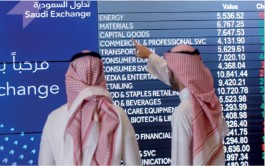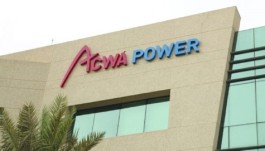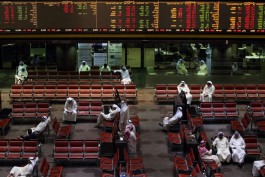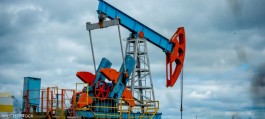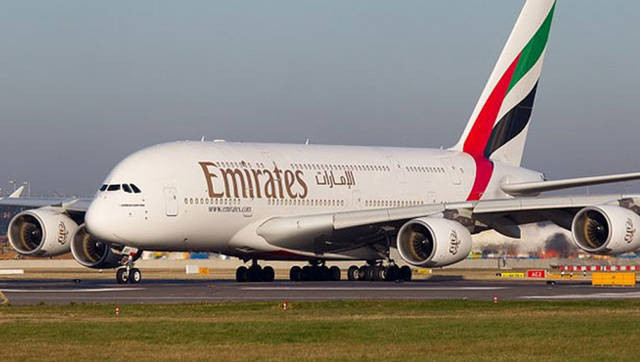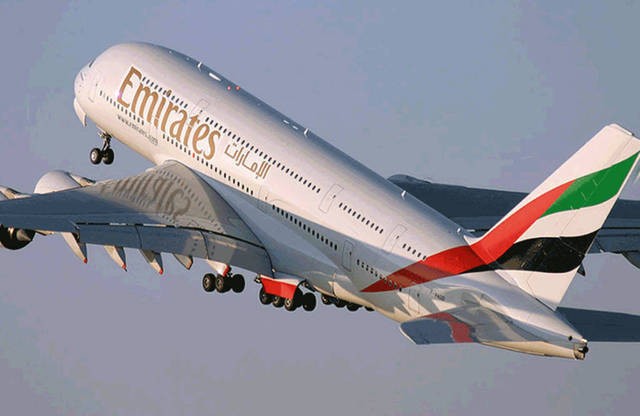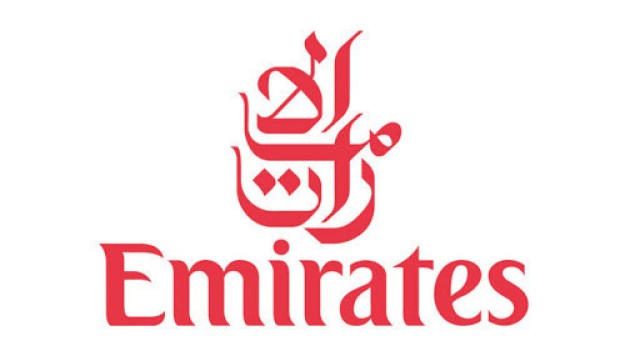Emirates Airlines has achieved revenues amounting to 813.4 billion dirhams during the past 10 years, of which 91.97 billion dirhams during the fiscal year 2019 2020.
According to the newspaper, the company’s annual report showed that the company has succeeded in achieving net profits over the past decade, reaching about 30 billion dirhams, so that it registered During the 2015-2016 fiscal year, net profits reached 7.12 billion dirhams, which is the highest number in the history of the carrier, and the company benefited from these profits, in support of its operations and expansion plan, through the update and purchase of new aircraft. In addition to providing billions of dirhams in profits to the government of Dubai, these distributions were re-pumped into the economy, which helped to finance infrastructure projects, including, various phases Expansions for Dubai International Airport and Dubai World Central. Emirates has benefited from the open skies policy adopted by the Emirates, which has expanded its network of destinations, to reach 159 cities all over the world, and the number of travelers on Over the past decade, the national carrier has boarded more than 478.6 million passengers, through its fleet, which increased 148 aircraft from Boeing and Airbus, during the fiscal year 2010 2011, to 270 aircraft by the end of the fiscal year 2019 2020, with a growth of 82.4%, where the carrier is one of The fastest growing tanker around the world. The average age of the fleet was 6.8 years, which is lower than the global average. Over the past decade, Emirates Airlines has managed to transport about 23 million tons of cargo, which contributed to the promotion of global trade, and to the strengthening of supply chains, and the airline’s investment has been mirrored In the freight sector, due to its absorptive capacity, as it doubled the volume of freight, from 1.7 million tons during the 2010/2011 fiscal year to about 2.4 million tons during the past fiscal year, Emirates Airlines also played a pivotal role in connecting global supply chains in the recent crisis, Especially through the transportation of goods, food and medical supplies, during the emerging Covid virus crisis. According to the Emirates Airline’s annual report, the tanker’s fuel bill over the past decade reached more than 250.7 billion dirhams, and the report showed that at the time it was The fuel bill ten years ago, and specifically during the fiscal year 2010 2011, did not exceed 16.8 billion dirhams, so it increased to reach 26.26 billion dirhams during the last fiscal year, which reflects the increase in the company's fleet size, as fuel accounted for 31% of the total operating cost , Compared to 32% in FY2018-2019, and retained the largest share of operating costs. Over the past years, Emirates Airlines has continued to reflect the trends of the global aviation industry and achieve growing profits year after year. It also continued its investments to support future growth, and continues to work on developing its workforce and building advanced facilities to support operations of this size.It also continues to enhance its global presence, so that it can serve and connect various cities of the world ...










